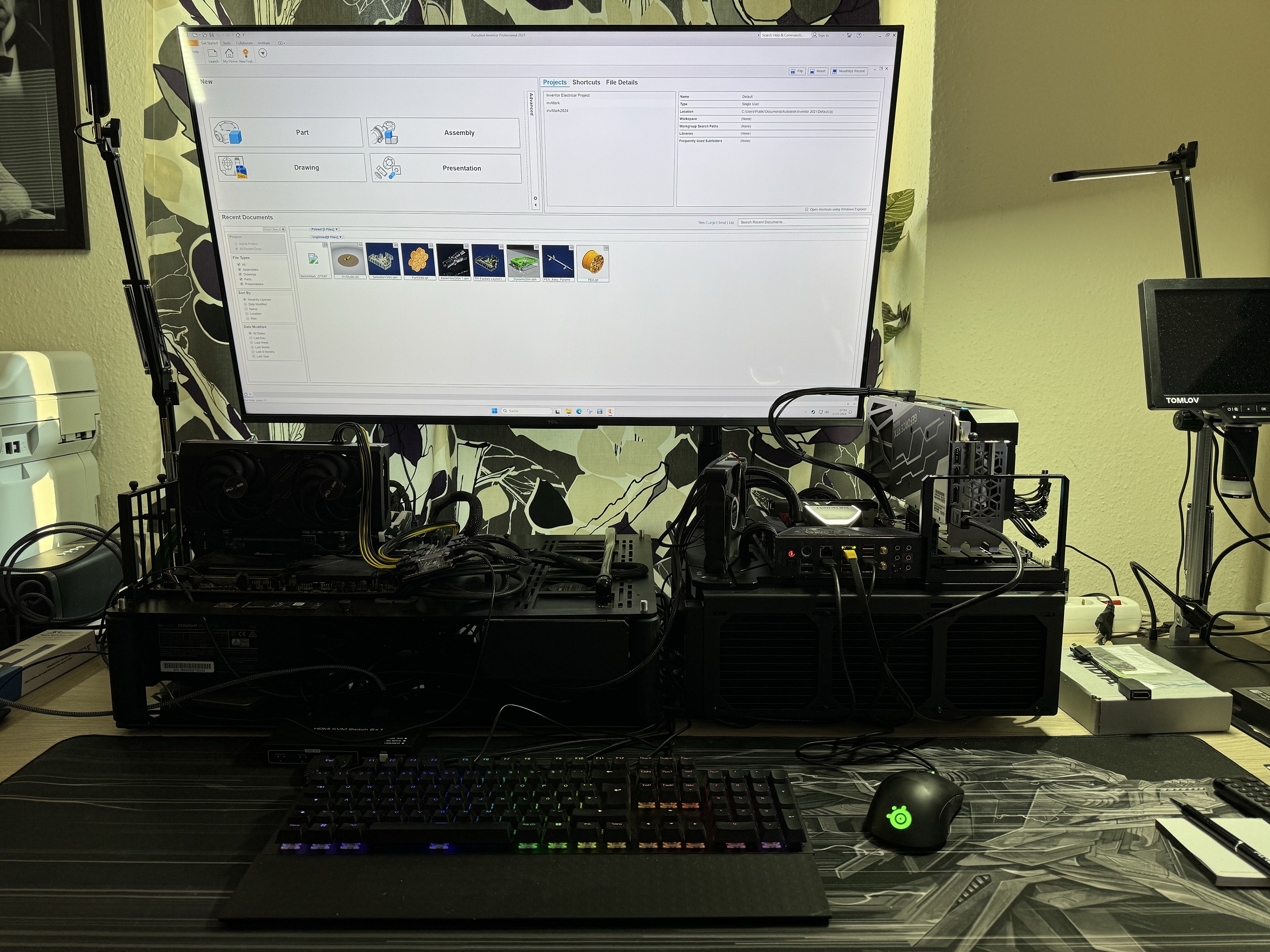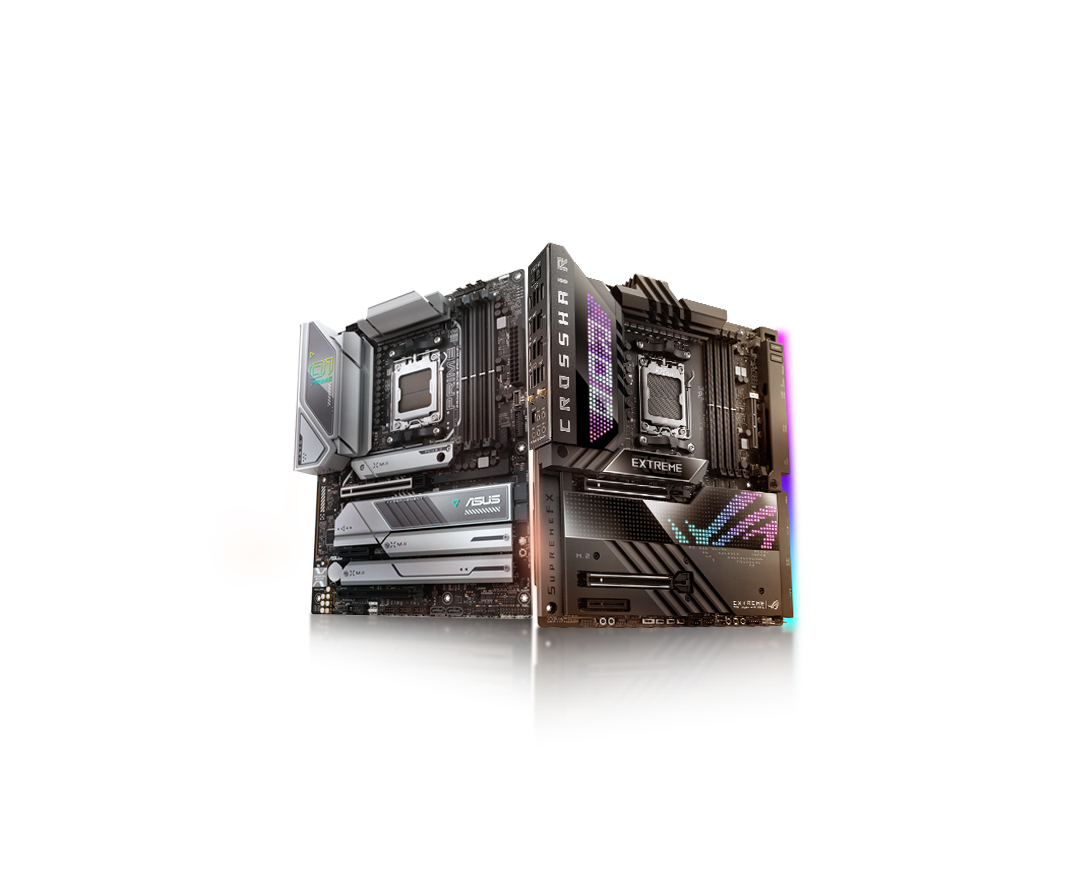Right off the bat, a little warning to readers, because the following article is likely to have relevance only to a relatively limited readership. It’s all about the past 11th generation Intel Core CPUs and the Extreme Overclocking motherboards around the Z590 platform. Now Alder Lake is already on the market, but on the one hand older hardware generations still enjoy great popularity among overclockers and on the other hand the boards represent the peak of DDR4 technology. In my opinion, reason enough to summarize again in a roundup, what actually makes the different boards tick in detail.
The 5 participants of today’s comparison are the Asus Maximus XIII Apex, ASRock Z590 OC Formula, EVGA Z590 Dark, Gigabyte Z590 Aorus Tachyon and MSI MEG Z590 Unify-X. All boards are specifically designed for overclocking with only 2 RAM slots for the highest possible performance. With the Rocket Lake CPU generation, all of these manufacturers have thrown their hats into the XOC ring again for a long time to pit their engineering skills against each other. So it would be almost criminal not to make such a comparison.
First of all, I would like to clarify that today’s article, as well as the previous tests of the individual boards that I just linked again in the text, is based on overclocking at ambient temperature. Exotic cooling methods such as phase change, dry ice or liquid nitrogen are not used. But I would say that even at room temperature 99% of the features, usability and peculiarities of the boards can be explored, especially as the subtleties of tuning become even more important with the ambient temperature as a limit.

I would like to illuminate now simply from my subjective point of view once, how the individual boards distinguish themselves, differ from each other in the use and how simply or not the performance maximum can be tickled from the attached hardware. It’s about exactly the information that isn’t on the product website or in any random review. Among other things, competition experience with the boards will have an influence, where for example the CPU and cache clock speed are artificially limited, so that only other optimizations like RAM tuning can increase the performance. Especially here the wheat is separated from the chaff or the actual performance and efficiency from marketing promises and colorful RGB lighting.
I will now summarize the strengths and weaknesses of each board and explain for which use case a product is particularly well suited, or not. And there will be some changes in the awards as well, because I learned some new things since the first reviews and it’s only fair to correct the rating accordingly. It really goes deep down the overclocker rabbit hole now, where the nerdy details come to light that a majority of users will probably never get to see. But for those who are interested, I hope to deliver a sustainable added value for overclocking the Intel Z590 CPU generation with the following pages. By the way, the order of the following pages is random.
As always, the test hardware used is still available as a tabular reference:
| Test systems | |
|---|---|
| Hardware: |
|
| Cooling: |
|
| Housing: |
|
| Periphery: |
|
| Measuring devices |
|













































4 Antworten
Kommentar
Lade neue Kommentare
Mitglied
Neuling
Neuling
1
Alle Kommentare lesen unter igor´sLAB Community →